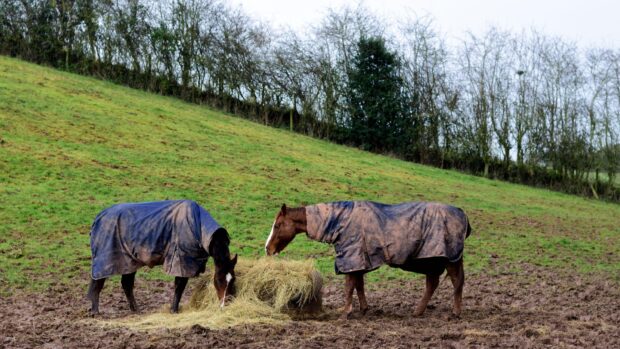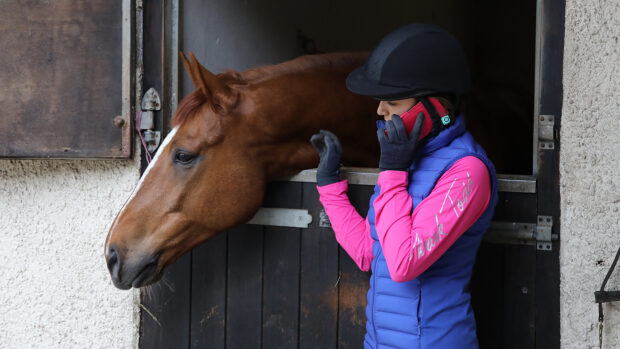Q: MY show jumping mare has successfully taken part in an embryo transfer process, and is now “in foal” to a surrogate dam. I am concerned where all parties stand if something goes wrong, and how a surrogate foal should be insured.
KC, Devon
THERE are several aspects to consider in these cases so we asked David Ashby, of sport horse insurers Amlin Plus, to explain how surrogacy affects insurance cover and what could be a legal minefield.
“If someone offered their mare as a recipient to receive another mare’s embryos, eg a surrogate, the owner would be liable if the mare died or needed veterinary attention,” explains David.
“But they could easily insure that risk and it would be down to the parties involved to discuss the cost of cover — the owner of the surrogate may privately pass this cost to the owner of the embryo, for example. Alternatively, the owner of the embryo could take out their own insurance on the surrogate mare dying or needing veterinary attention.
“If something happened to the surrogate mare that prevented her from ever carrying a foal again, that should be covered by the owner’s loss of use policy, assuming the mare was specified as being used for breeding — the insurers should also be aware that she is an ‘embryo recipient’,” David adds.
There is another type of insurance, called prospective foal coverage, which in cases such as this would be taken out by the owner of the embryo. According to David, insuring a foetus in a surrogate dam is quite common in the Quarter Horse industry in America, and once the pregnancy is established at 60 days, or later, there is no increased risk of the mare not carrying the foal successfully to full-term.
“‘Prospective Foal’, ‘Unborn Foal’ or ‘Foetus Insurance’ is the same thing, and provides cover in the event of the mare not remaining in-foal at the expiry of the policy period, the foetus not being alive at the expiry of this period, or the mare dying while carrying the foal in utero,” David explains.
“Cover is commonly arranged from the date the mare tests pregnant from 60 days after the last service, through to a set amount of time, usually around 30 days after foaling,” he adds.
“I would work with the vet in question to ascertain ultrasound results confirming a single live foetus, and would require a veterinary certificate confirming the mare is sound to carry full-term. There may also be set clauses in the nomination agreement, such as failure of the foal to survive until a set number of days after its birth, or to a certain age, which need to be considered.”
The premiums vary greatly depending on the age and breeding history of the mare. Rates reflect the hazards involved, but this is, according to David, essentially a straightforward policy. Generally, the sum insured is limited to multiples of three or four times the stud fee.
Some insurers also offer barrenness cover, although David says this policy would not be suitable for surrogate pregnancies.
“I suspect the risk and the rate would be too high,” he says.
“Where surrogacy is concerned, I suggest consulting a specialist insurer as it is a complicated matter, and a bespoke policy may be required.”
Information
Amlin Plus Tel: 020 7423 0920 www.amlinplus.co.uk
This Q&A was first published in Horse & Hound (6 December, ’07)


